Don’t overdo it and avoid slipping into auto-pilot mode, writes the cellist

Explore more Technique articles like this in The Strad Playing Hub
Readers of The Strad may know that I am a cellist working in musical theatre, often performing show runs of a month, three months or even six months. Needless to say, performing the same show every evening warrants plenty of time to think about one’s technique, whether that be during tacet dialogue scenes, or in an attempt to keep the same musical material fresh and spontaneous.
Amid eight shows last week, I’ve been thinking about my vibrato. Here are three reminders for myself, that you might find useful too.
Don’t press too hard
It’s common for string players to execute an ‘intense’ vibrato by pressing into the string with their left fingertips so hard, wearing deep groove indentations in their finger callouses like badges of honour. There’s a time and a place for that, but it’s important to remember that you need to give space for the string to vibrate. By easing off the pressure in your left fingertips, you have access to a wider range of colours that you can vary with your vibrato, as well as eliminating tension in your left arm.
The string needs to vibrate under your fingertips, which will allow for a more open sound. Pressing super hard will just ‘squash’ and dampen the string, resulting in - admittedly – a very focused vibrato, but one that sounds and feels tense. Try it – press hard with your left second finger, then see how loosely and widely you can vibrate. Apply less pressure – now it’s easier, right?
Use your vibrato to illustrate direction of phrase
My wonderful teachers used to tell me ‘a note is always travelling – it’s either travelling to somewhere or coming away from somewhere. In other words, a note has to have direction. It’s the same if you’re speaking, you may lead towards important notes, or hastilyskipthroughpartsofasentence, or trail off completely as your sentence comes to an end…
You can use vibrato in conjunction with plenty of other string techniques (such as bow pressure, point of contact, speed) to illustrate which way a note is going. Imagine you’re driving - you’ve got to factor in so many external and environmental factors that you can’t just drive at the same speed! Apply that to vibrato - avoid going on auto pilot and think about the intention of how you vibrate (though the death toll is likely to be lower if you do go on auto pilot, compared with driving).
Sometimes, less is more
…and that no vibrato is just what you need. For example, you might make more of a statement with a note that has a stark, focused sound, with no variation in the pitch. Or maybe paired with a lighter touch in the bow arm, you can create an ethereal, pure sound, on which other musicians can add layers. The uses of no vibrato are numerous, but what you want to avoid is vibrating constantly, resulting in a note with pitch so nebulous, that no listener, fellow musican nor yourself can focus on your intention!
Playing without vibrato will help your intonation as well. If you can play in tune without vibrato - with a solid, firm understanding of your left-hand frame with good phrasing - then your playing will shine once you add vibrato back into the mix. The analogy I like to use is that vibrato is like ketchup - you shouldn’t put it over everything. We shouldn’t be hiding behind vibrato. Vibrato needs to enhance our musical intentions.
If you have a particular musical technique or concept on which you’d like to hear or read my thoughts, let me know! Comment below or send an email to thestrad@thestrad.com.
Read: Fake it ’til you make it: The art of orchestral faking
Listen: The Strad Podcast Episode #56: Richard Markson on teaching tone and sound
Read more Technique articles like this in The Strad Playing Hub
The number one source for playing and teaching books, guides, CDs, calendars and back issues of the magazine.
In The Best of Technique you’ll discover the top playing tips of the world’s leading string players and teachers. It’s packed full of exercises for students, plus examples from the standard repertoire to show you how to integrate the technique into your playing.
The Strad’s Masterclass series brings together the finest string players with some of the greatest string works ever written. Always one of our most popular sections, Masterclass has been an invaluable aid to aspiring soloists, chamber musicians and string teachers since the 1990s.
This year’s calendar celebrates the top instruments played by members of the Australian Chamber Orchestra, Melbourne Symphony, Australian String Quartet and some of the country’s greatest soloists.

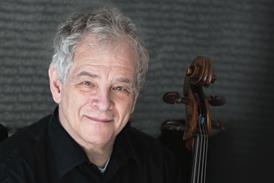




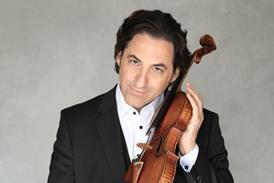
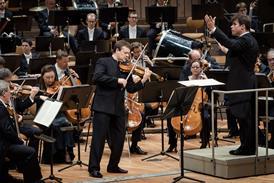




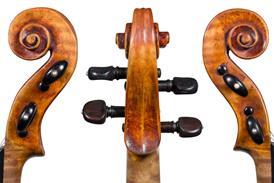


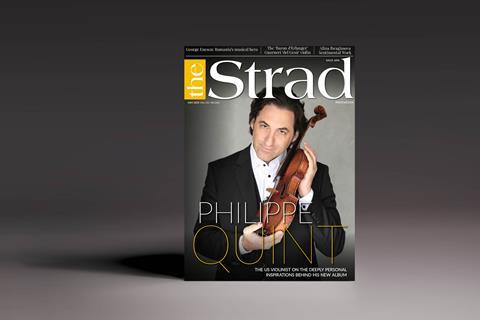









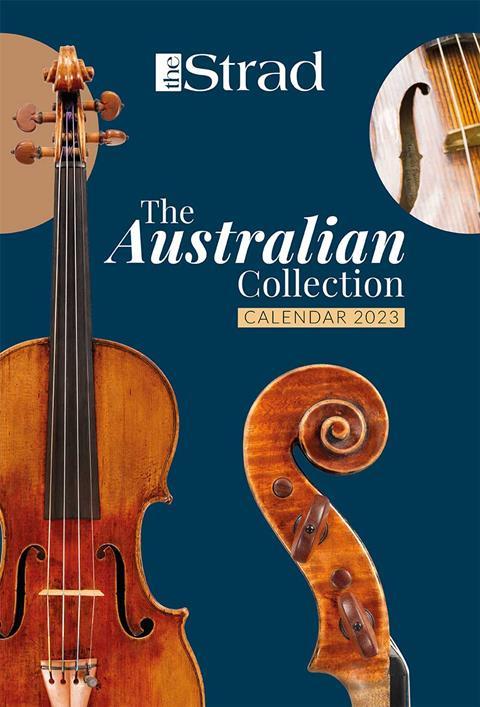












No comments yet